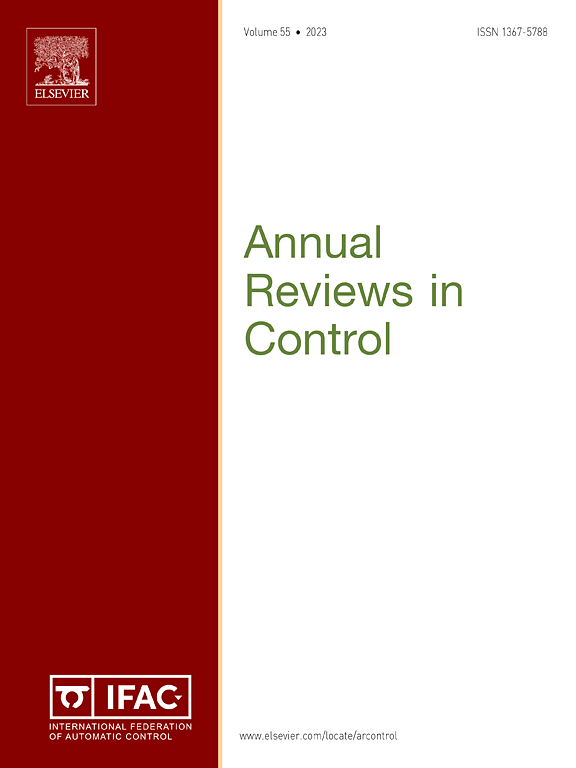敲击反馈控制策略:综述
IF 10.7
2区 计算机科学
Q1 AUTOMATION & CONTROL SYSTEMS
引用次数: 0
摘要
爆震燃烧是一个限制因素,否则高效率的现代小型化发动机,因此需要某种形式的爆震控制策略。这些策略是独特的,因为knock表现为一个周期独立的随机过程。正如最近的文献所示,对该问题随机方面的关注增加了控制器设计的可能性。本文的目的是在一个一致的和结构化的框架中组织和呈现一些主要的思想和方法。根据反馈所使用的信号/统计量及其估计方法,控制器可以大致分类。经典和先进的“基于事件”的爆燃策略都对测量的爆燃强度值应用一个阈值,然后调节产生的爆燃事件概率。相比之下,“基于强度”的敲击控制器使用信息更丰富的原始敲击强度信号作为反馈,并且通常假设这些强度符合对数正态分布。最近,贝叶斯估计器被用于基于事件和基于强度的控制,作为频率估计方法的替代方法。在这些广泛的类中,详细讨论了各个控制策略,并且在某些情况下推导了简化表达式。更一般地说,控制目标、估计方法和误差度量的选择也被深入讨论,因为它们对闭环性能有重大影响。本文章由计算机程序翻译,如有差异,请以英文原文为准。
Knock feedback control strategies: A review
Knocking combustion is a limiting factor in otherwise highly efficient modern downsized engines, which therefore require some form of knock control strategy. These strategies are distinctive because knock behaves as a cyclically independent random process. An increased focus on the stochastic aspect of this problem has opened up new possibilities for controller design, as seen in the recent literature. This paper aims to organize and present some of the principal ideas and approaches in a consistent and structured framework. Controllers are broadly classified by the signal / statistic used for feedback and the method of its estimation. Both classical and advanced knock ‘event-based’ strategies apply a threshold to the measured knock intensity value and then regulate the resulting knock event probability. Knock ‘intensity-based’ controllers, by contrast, use the more informative raw knock intensity signal for feedback, and generally assume these intensities conform to a log-normal distribution. More recently, Bayesian estimators have been used in both event-based and intensity-based control, as an alternative to frequentist estimation methods. Within each of these broad classes, individual control strategies are discussed in detail, and, in some cases, simplifying expressions are derived. More generally, the choice of control objective, estimation method, and error metric are also discussed in depth since these have a significant impact on closed loop performance.
求助全文
通过发布文献求助,成功后即可免费获取论文全文。
去求助
来源期刊

Annual Reviews in Control
工程技术-自动化与控制系统
CiteScore
19.00
自引率
2.10%
发文量
53
审稿时长
36 days
期刊介绍:
The field of Control is changing very fast now with technology-driven “societal grand challenges” and with the deployment of new digital technologies. The aim of Annual Reviews in Control is to provide comprehensive and visionary views of the field of Control, by publishing the following types of review articles:
Survey Article: Review papers on main methodologies or technical advances adding considerable technical value to the state of the art. Note that papers which purely rely on mechanistic searches and lack comprehensive analysis providing a clear contribution to the field will be rejected.
Vision Article: Cutting-edge and emerging topics with visionary perspective on the future of the field or how it will bridge multiple disciplines, and
Tutorial research Article: Fundamental guides for future studies.
 求助内容:
求助内容: 应助结果提醒方式:
应助结果提醒方式:


